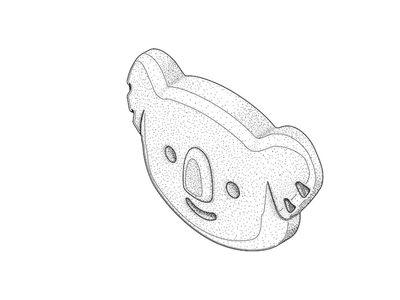Conventional baking powders are convenient, reliable and widely available. Baking powder is a kitchen workhorse that can provide lift in many products for professional and home bakers.
“Off-the-shelf convenience and accessibility are the primary advantages for the bakers when using conventional single- and double-acting baking powders,” said Paul Bright, senior principal scientist, AB Mauri North America.
Because standard baking powders come pre-mixed with a balanced blend of acid and base, they eliminate the need for separate measurements and ensure consistent results across recipes, said Yanling Yin, director, bakery applications, Corbion.
“Baking powder is also known for its reliable performance, providing a predictable rise to baked goods every time,” she said. “This reliability combined with its long shelf life means it can be stored and used over time without losing effectiveness, offering a practical solution for everyday baking needs.”
A conventional baking powder contains an alkaline source of gas, generally baking soda, and leavening acids, along with a filler that keeps the acids and base from reacting until being used, explained Nita Livvix, R&D manager, Clabber Girl.
“The leavening acids are typically balanced with the gas source to provide certain amounts of gas release with liquid and heat,” she said. “Baking powder provides a balanced system in one product that would otherwise require two to three ingredients and the knowledge of neutralizing values in order to balance them.”
This article is an excerpt from the April 2024 issue of Baking & Snack. To read the entire feature on Chemical Leavening, click here.





